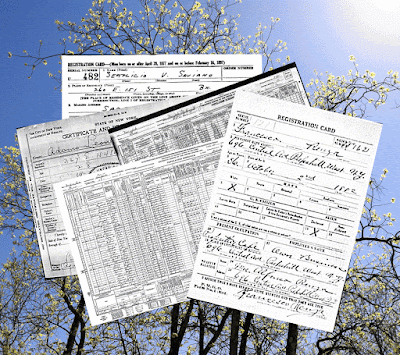In high school my son had an assignment to create a document of his family tree. He laughed and said, "Mom, print that out for me?" That's as far as many people get: parents, grandparents, and a portion of their great grandparents.
But for those of us who keeping researching and researching, genealogy is a project that is never finished. And we don't mind at all.
Here are some free resources that won't "finish" your family tree, but they can make it stronger, broader, and more satisfying for you.
Did you know that there's more to the census than the Federal census taken every 10 years? Some states also had their own census halfway between the Federal censuses. You can find the state and Federal versions for free on FamilySearch.org
2. Free New York Passenger Lists
Spanning the years 1820 through 1891, this free online collection can be searched or browsed by microfilm roll number, each roll spanning months. Another collection includes the years 1909 and 1925 through 1957.
Search by name for SSDI records between 1962 and 2014. The results show the person's age, full name, birth and death dates, the state in which they died, and their last place of residence.
4. Free England and Wales Censuses
England and Wales censuses are available online from 1841 through 1911. Check out the full list of England resources on that page. You'll be impressed.
5. Free Canada Censuses
The Canada census is available online from 1851 through 1911 with a bonus year of 1906.
6. Free Find-a-Grave
 |
| Ship manifest |
7. Free Genealogy Forms and Charts
If it helps you to have some paperwork to carry with you on your research travels, these genealogy forms and charts will be very useful. Print out ancestor charts, research logs, census forms, family record sheets, and more.
Everyone likes a bargain, and it is certainly worth your time to see what resources are out there that you haven't tapped into yet.
And speaking of free resources:














